Tips from the pros at Simone & Ivy on how to pick, style, and properly hang lighting. Here’s the Ultimate Lighting Guide For Your Home!
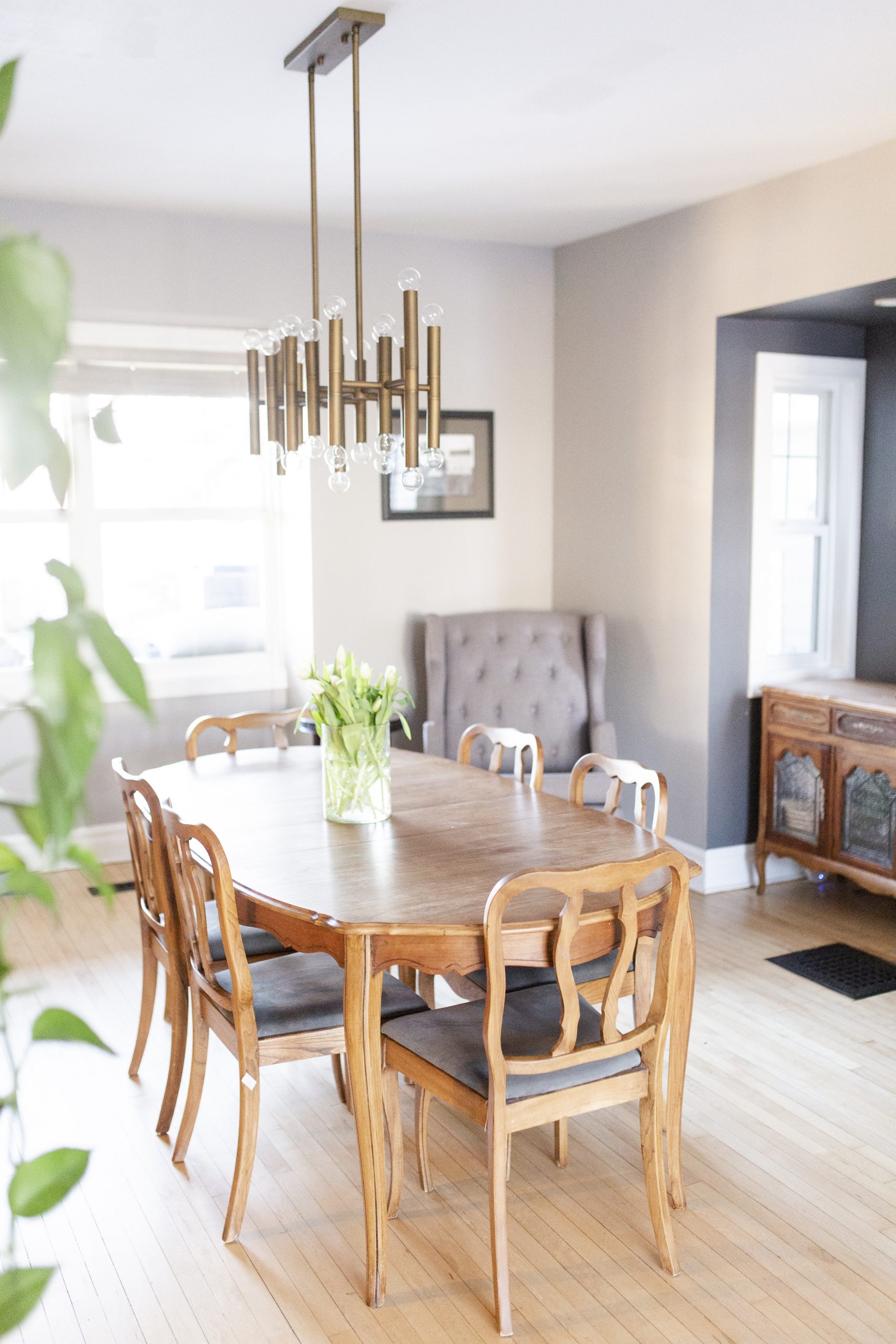 The Ultimate Lighting Guide For Your Home
The Ultimate Lighting Guide For Your Home
Lighting can be so overwhelming – especially when you don’t have a hot clue what you’re doing (like me)! I’m so happy my friends at Simone & Ivy – the most beautiful Canadian home store – have come to the rescue with some tips for mastering the lighting game in your home.
In case you missed it, The Simone & Ivy team did an unbelievable revamp of our guest room earlier this year! Check out all the before and after photos, with links to shop here.
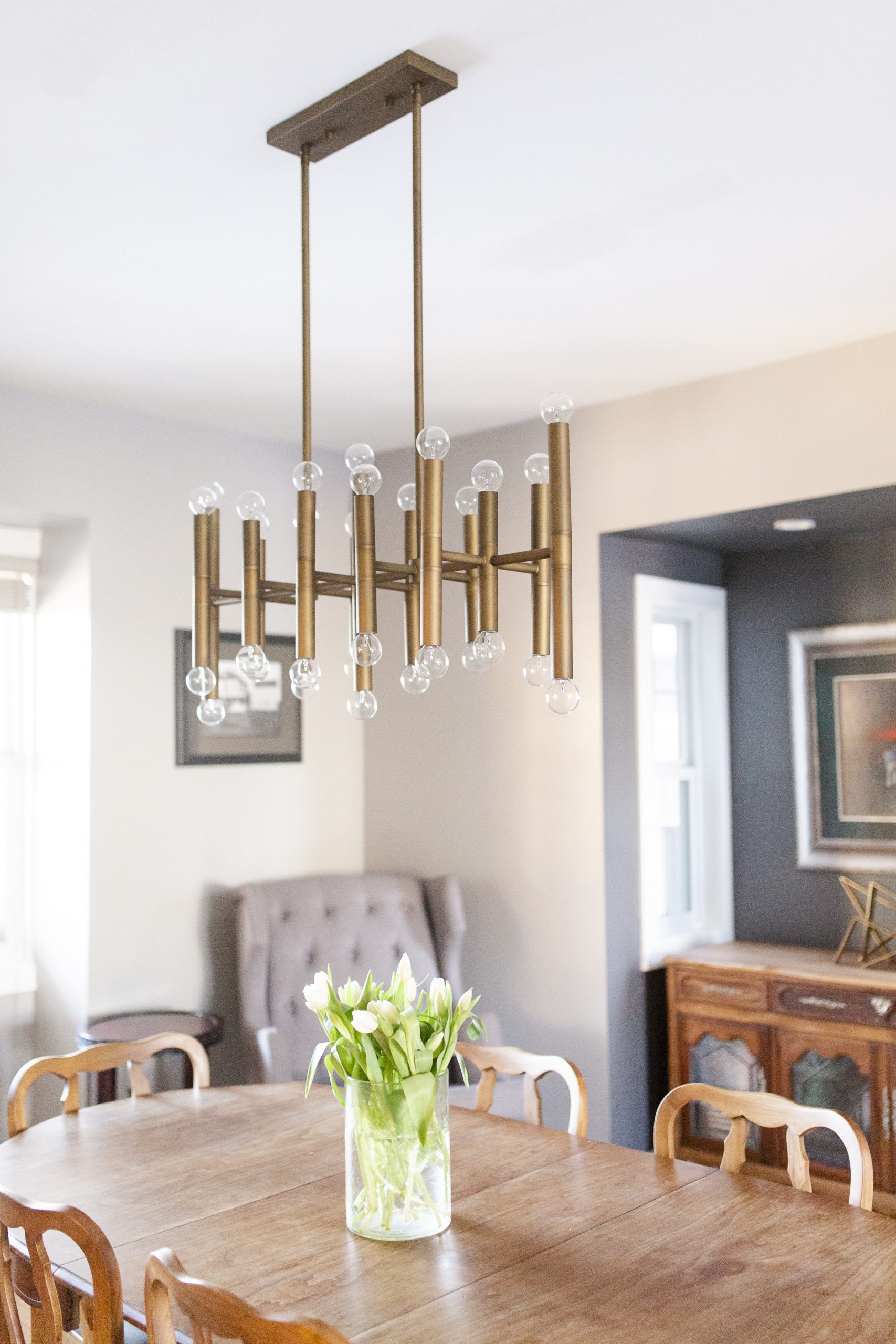
 Determine the Type of Lighting You Want
Determine the Type of Lighting You Want
- Ambient: the main source of light in a room, most often coming from an overhead light or recessed lighting.
- Task lighting: made for specific activities or uses such as sconces for nighttime reading, a desktop lamp, or a light above a vanity mirror.
- Accent lighting: the most decorative of the three types of lighting that play up architectural elements or a decorative focal point like a fireplace, built-ins, or piece of art.
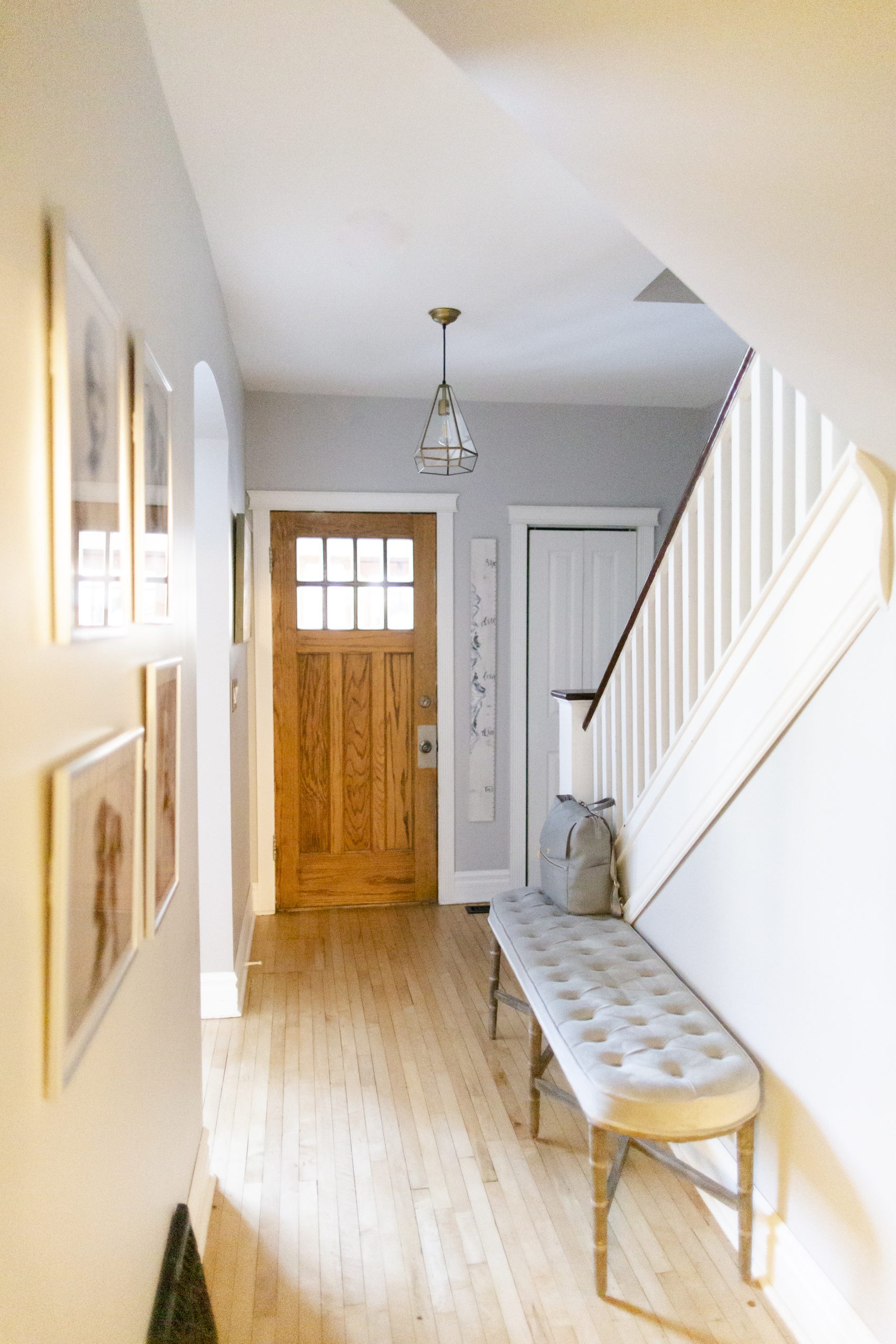 Determine The Style of Lighting
Determine The Style of Lighting
- Flush mounts: generally used in rooms with lower ceilings, smaller rooms, or where you don’t want to make a big statement with a chandelier.
- Chandeliers: statement fixtures that hang down from the ceiling. They are often used over dining tables, in larger living rooms, or entryways and large foyers.
- Pendants: similar to chandeliers in that they hang down from the ceiling, but they are a smaller scale and usually have just one lightbulb. You’ll often see pendants over islands. Because they are smaller scale, they are often hung in groups such as 2 or 3.

 Determine The Size
Determine The Size
You want a fixture big enough for the space that doesn’t look proportionately too small.
- For ambient lighting, measure the length and width of the room. Then add them together and convert them to inches. This will give you the ideal size for your light fixture. For example, a 20” wide fixture would be ideal for a 10×10’ room.
- When figuring out the properly sized pendant for your kitchen island, measure the length of your island. Then, decide if you like the look of 2 or 3 pendants. If you go with 3 pendants, the pendant size can be smaller, but if you go with 2 pendants, they should be more oversized. After measuring the island, take into account the amount of space needed between each pendant. A good rule of thumb is the space between the pendants should be larger than the diameter of the pendant (30-32” apart is fairly standard). Make sure to leave 6 inches of clearance on both ends of the island so no pendant hangs over the edge.
- For dining room lights, look for chandeliers that are ½ to ⅔ the size of your dining room table for a proportionate size.
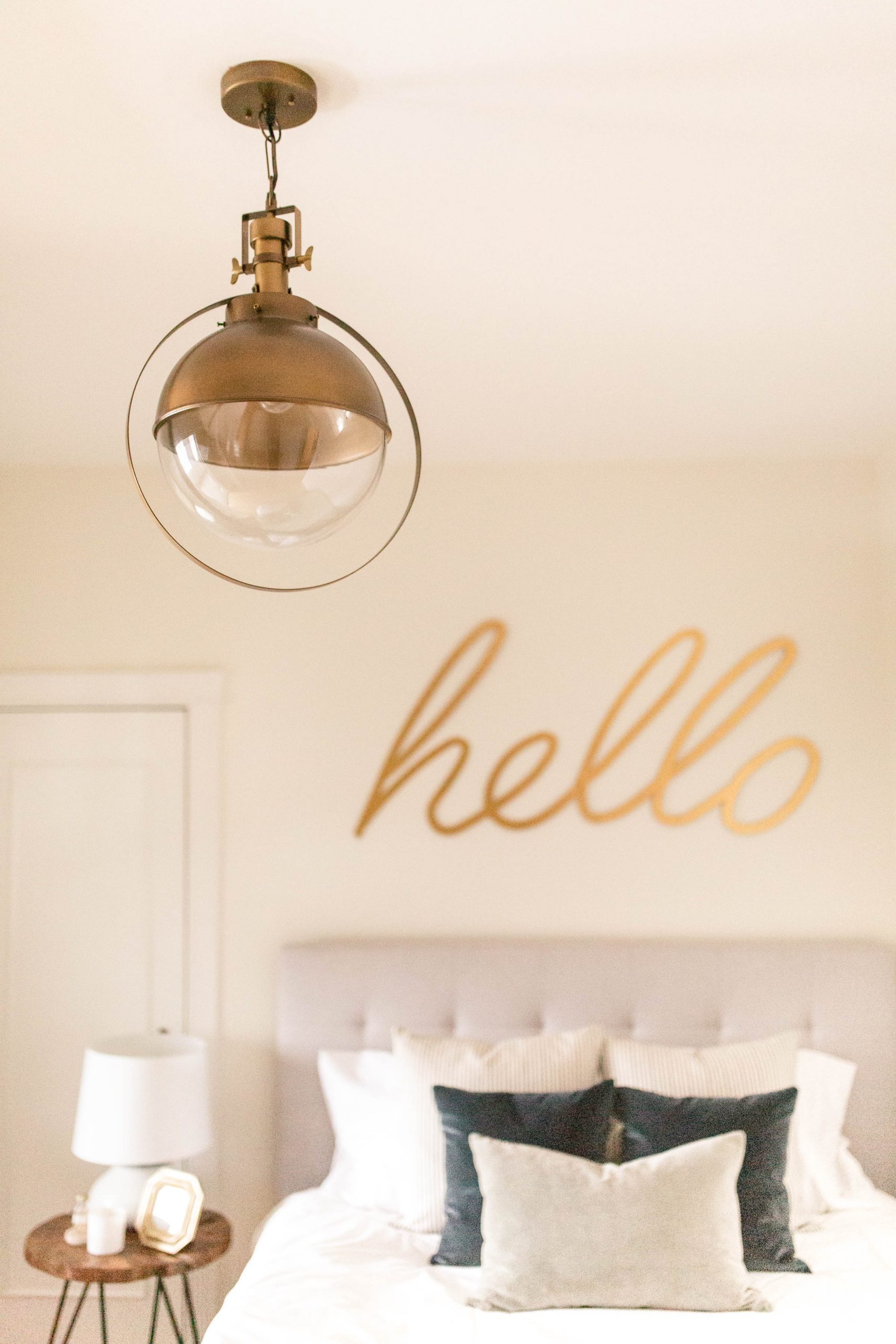

Determine Which Way The Light Should Shine
- Up Lights – give a room a brighter, more high energy feel
- Down Lights – create an instant intimate and cozy mood
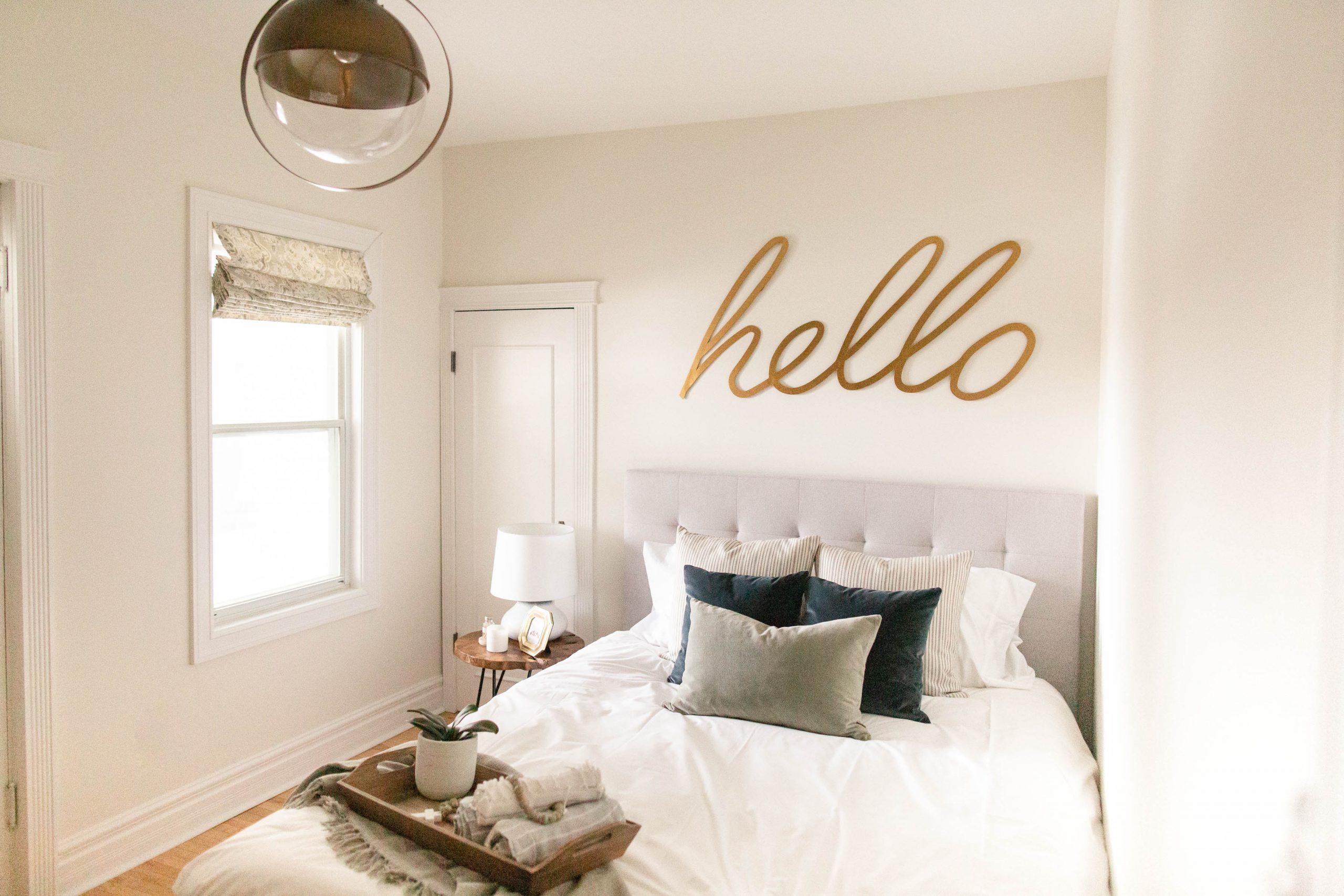 General Rules For Hanging Lights
General Rules For Hanging Lights
- Pendants over an island – allow 30-32” clearance between the surface of the island and the bottom of the light.
- Fixture over a dining room – allow 33-34” clearance between the table and the bottom of the light.
- Pendants not over a table or island – make sure to have 7’ clearance between the floor and the bottom of the fixture and 4’ from surrounding walls.
- When hanging a fixture in a great room, place the lighting fixture in the centre of the room or the centre of the main vignette.
In a two-storey room, hang no lower than the point of the 2nd floor - Wall sconces – for side-mounting, leave 60–65” of space between the floor and the midpoint of the sconce backplate.
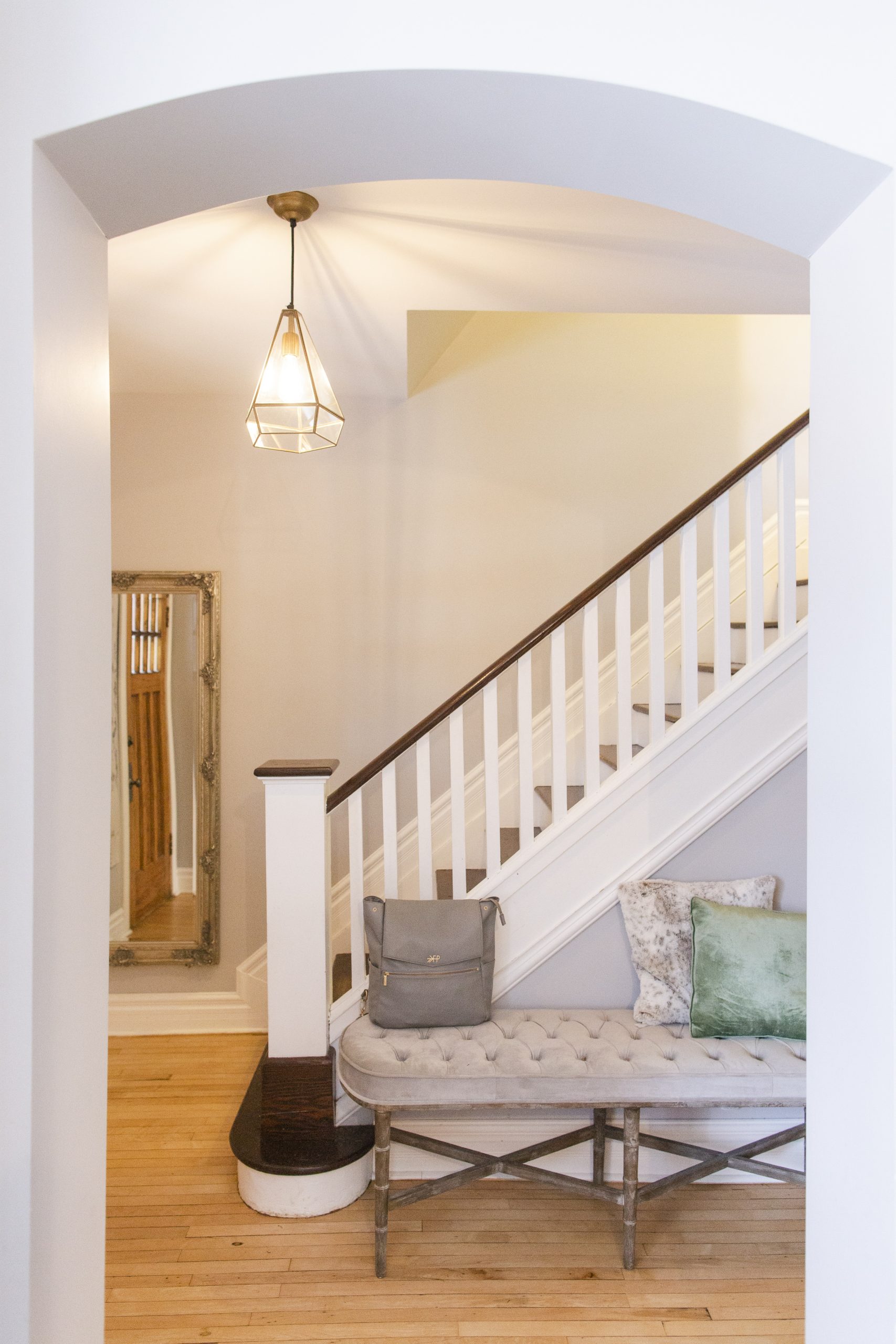
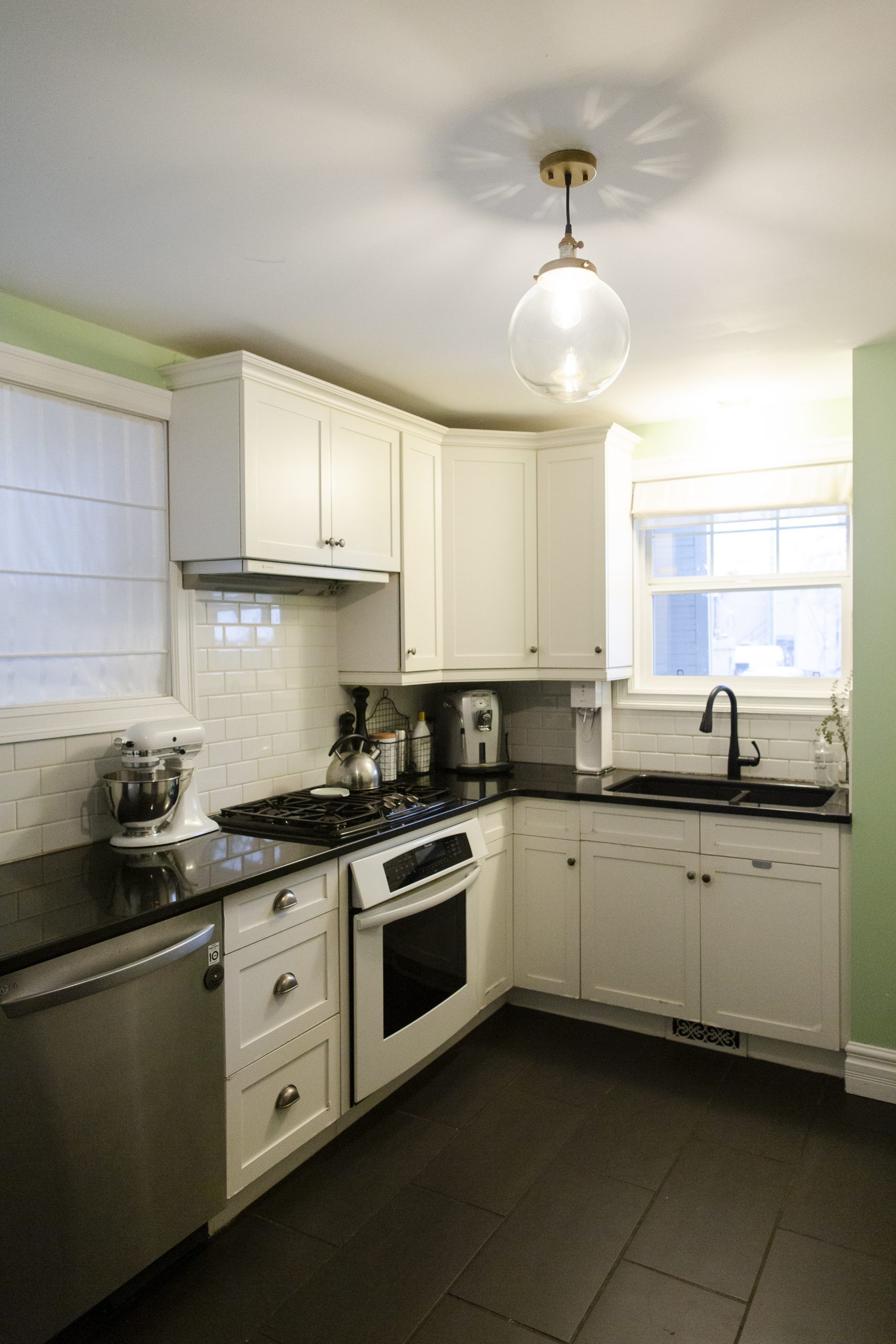
Pin this to your Lighting Tips and Home Lighting I Love boards and don’t forget to follow me on Pinterest here!
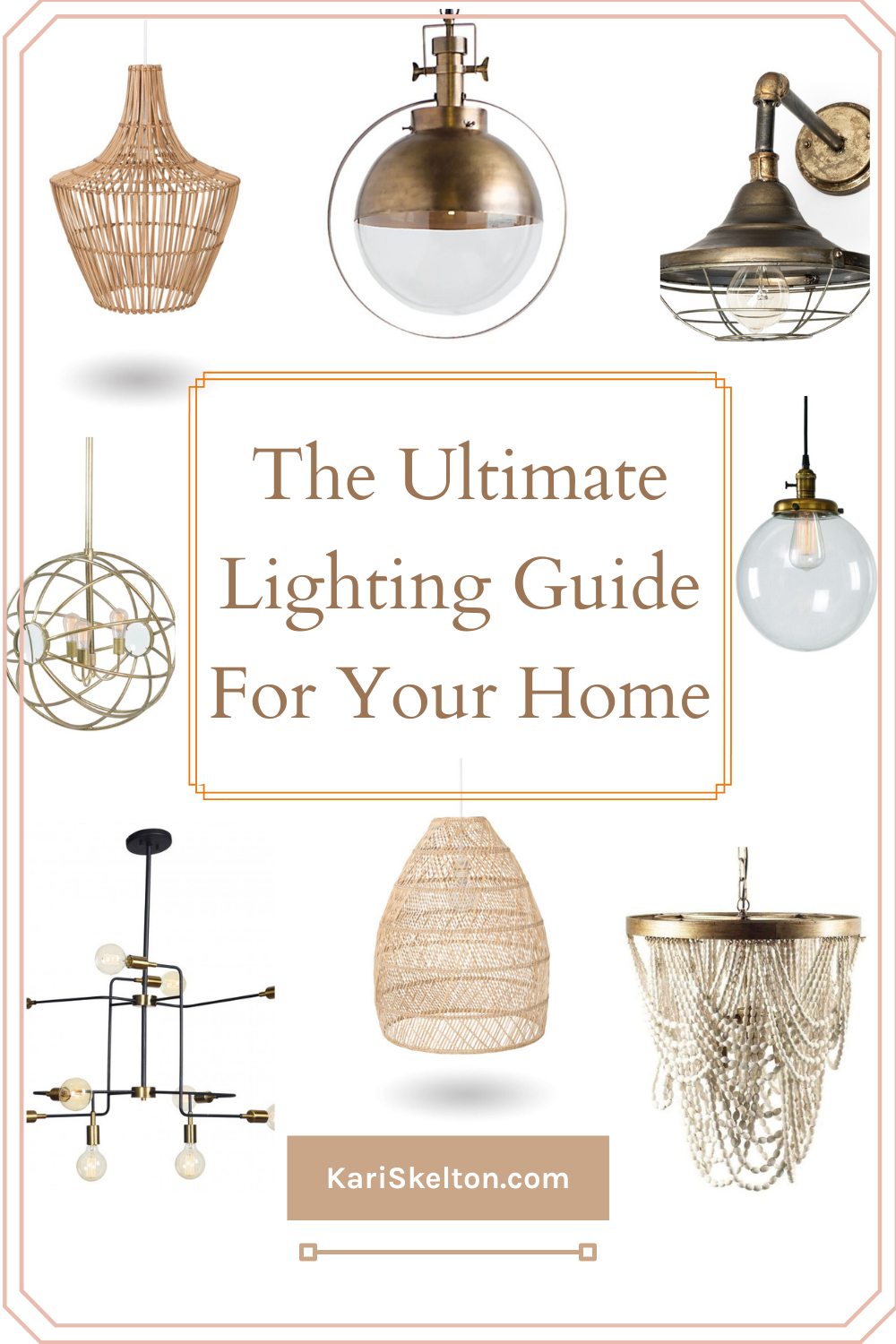
I was so thrilled to partner with my friends at Simone + Ivy for this project! As always, thoughts and opinions are my own.
Other Posts You’ll Love:
Ikea Hack: Wardrobe Turned Linen Closet
xx

Leave a Reply